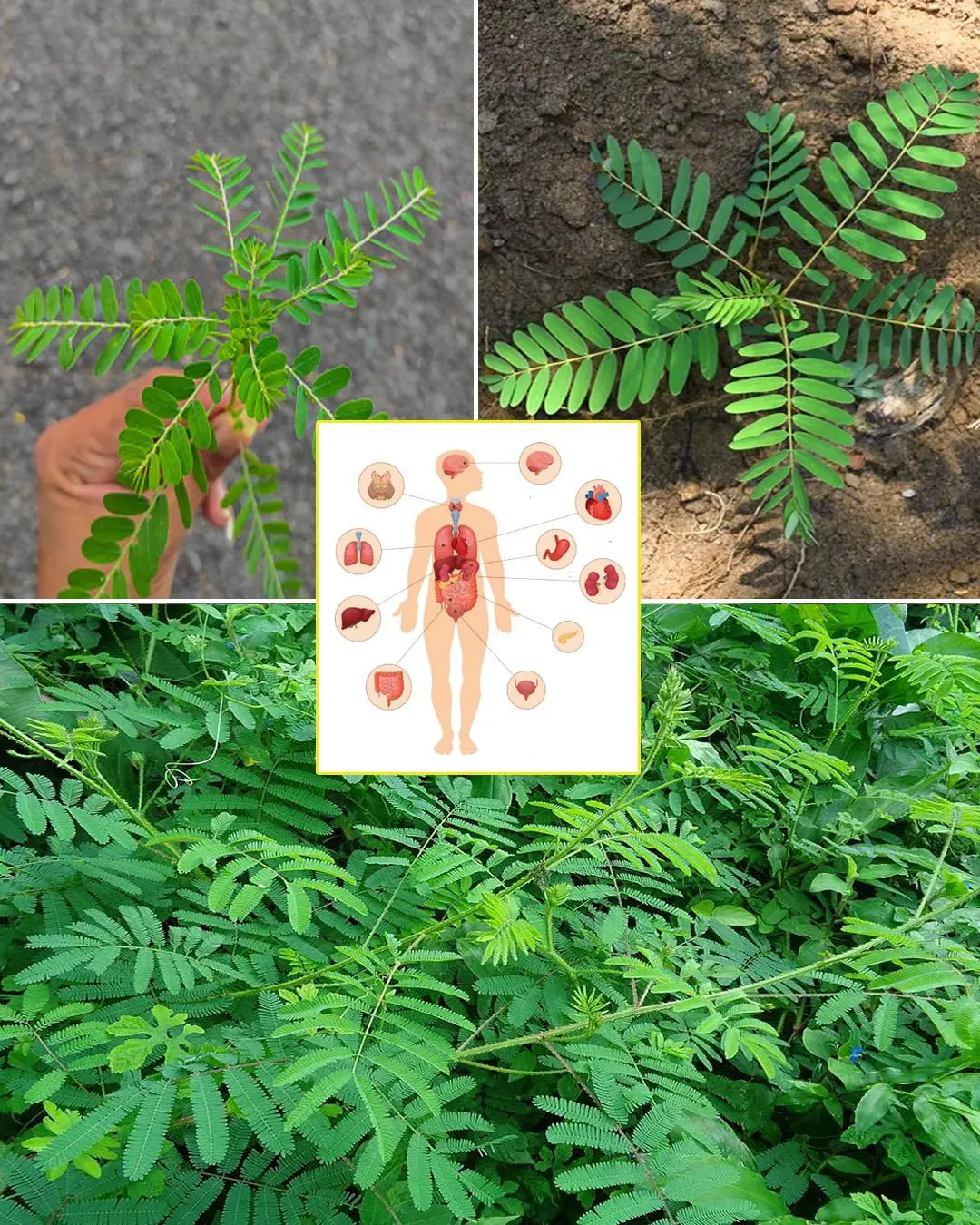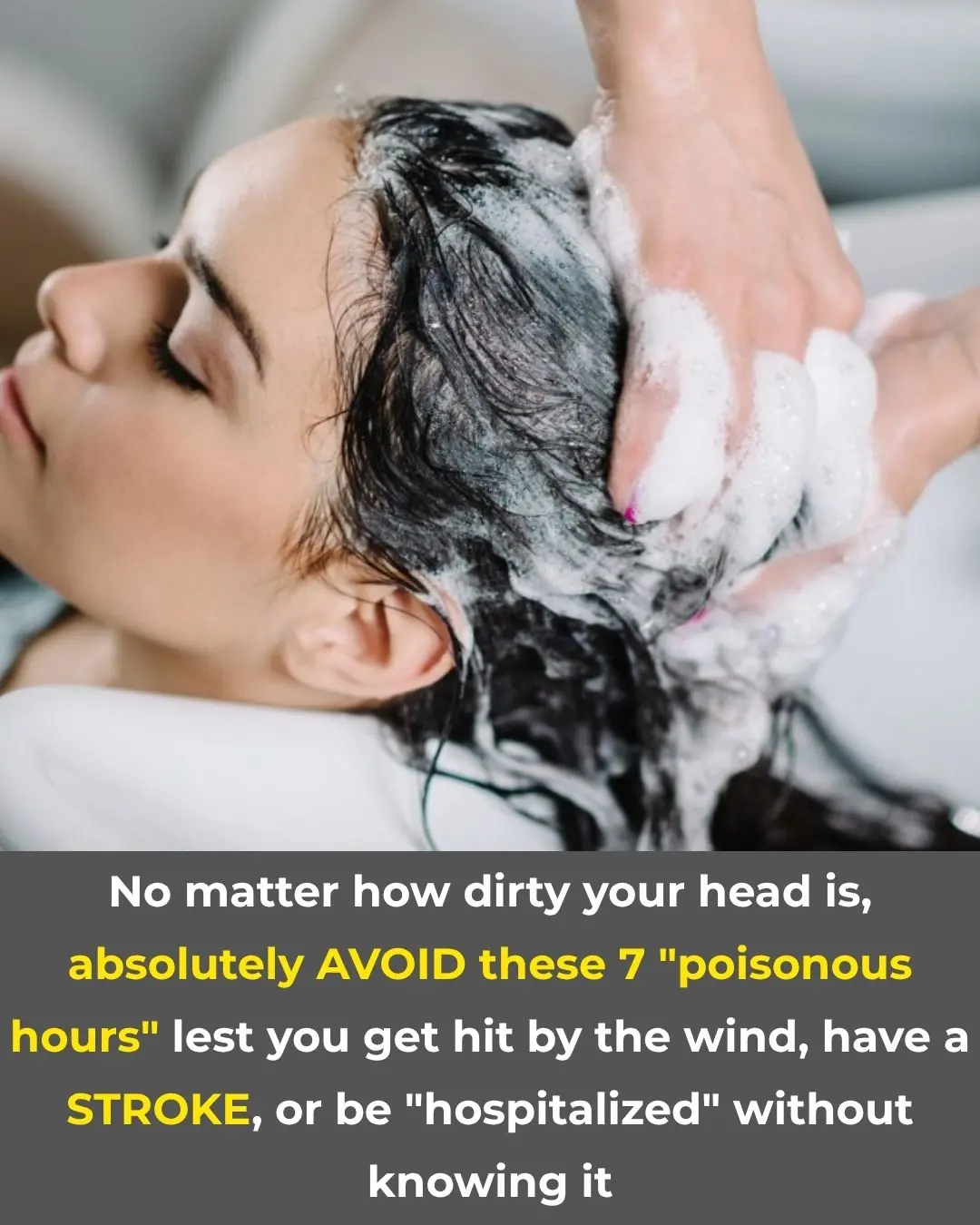
What Do Vertical Nail Ridges Mean After 40

Have you noticed thin vertical lines running from the base to the tip of your fingernails as you’ve gotten older? If so, you’re not alone—and most of the time, it’s nothing to worry about. These subtle nail changes are quite common, especially after age 40. But sometimes, they can hint at something more serious.
So, what causes these vertical ridges? And when should you pay closer attention?
Understanding Vertical Nail Ridges
Vertical ridges—also called longitudinal striations—are raised lines that run lengthwise from the cuticle to the nail tip. They can vary in depth, length, and number. While they may appear more noticeable over time, they’re usually a natural sign of aging.
Just as skin loses elasticity and hair begins to gray, your nails also undergo changes as you age. These ridges generally reflect variations in keratin production—the protein that forms your nails—and are harmless in most cases.
Main Causes of Nail Ridges After 40
1. The Natural Aging Process
The most common reason for vertical ridges is simply aging. As you get older, the nail matrix—the area beneath the cuticle that produces new nail cells—slows down and becomes less efficient. This leads to uneven keratin production, causing visible ridges.
2. Dehydration of the Nail
With age, nails and skin tend to lose moisture more quickly. Frequent exposure to water, soaps, detergents, and dry or cold environments can strip away natural oils and hydration, making ridges more pronounced and nails more brittle.
3. Nutritional Deficiencies
Deficiencies in key nutrients like biotin, iron, zinc, or magnesium can weaken your nails and make ridges stand out. Since metabolism and nutrient absorption can decline with age, it’s especially important to maintain a balanced diet rich in these vitamins and minerals after 40.
4. Underlying Health Conditions
Sometimes, vertical nail ridges may signal underlying health issues such as:
-
Thyroid imbalances
-
Poor circulation
-
Rheumatoid arthritis
If your ridges come along with other symptoms—like fatigue, thinning hair, or skin changes—it’s wise to consult a healthcare professional for a thorough evaluation.
When Should You Be Concerned?
While vertical ridges are usually harmless, certain nail changes warrant closer attention. Seek medical advice if you notice:
-
Dark lines or streaks under the nail
-
Splitting, peeling, or thickening of the nails
-
Pain, redness, or swelling around the nail
These symptoms could indicate fungal infections, injury, or in rare cases, subungual melanoma—a form of skin cancer that can develop beneath the nail.
How to Care for Aging Nails
Whether your nail ridges are purely cosmetic or linked to other issues, there are effective ways to support healthy nails as you age.
✅ Tips for Smoother, Stronger Nails:
-
Moisturize regularly: Use hand and nail creams after washing hands or doing dishes to replenish lost moisture. Look for products with ingredients like shea butter, jojoba oil, or vitamin E.
-
Stay hydrated: Drinking plenty of water keeps nails flexible and less prone to cracking or ridging.
-
Eat a nutrient-rich diet: Prioritize vitamins A, C, B-complex, zinc, magnesium, and iron—these nutrients support nail growth and strength.
-
Be gentle with your nails: Avoid harsh filing, excessive buffing, acrylic nails, or gels that can weaken the nail bed.
-
Consider supplements: Biotin supplements have been shown to improve nail thickness and reduce brittleness for some people. However, always check with your doctor before starting any new supplement to ensure it’s safe and appropriate for you.
Final Thoughts
Vertical ridges on fingernails are a normal part of aging for many people and usually don’t signal anything serious. However, nails can sometimes offer clues about your overall health, so it’s important to pay attention to sudden or drastic changes.
If something about your nails seems off or worsens over time, don’t hesitate to reach out to a healthcare provider. With gentle care, proper nutrition, and good hydration habits, your nails can stay strong, healthy, and beautiful well into your later years.
News in the same category


3 Common Mistakes When Using Plastic Wrap That Can Cause Cancer and Are Often Made by Many People

What Your Favorite Ice Cream Flavor Says About You

Eggplant The King of Vegetables

9 super effective 'anti-cluster' foods that help increase outstanding resistance

Drinking honey in the morning is good for digestion, but drinking it at 3 o'clock in the morning detoxifies the liver, making it twice as effective

Put this thing in a lemon and put it in the corner of the house. Once the mosquitoes go away, they won't come back

The Mystery of the Milk Bottle Dent

Easy Trick Will Defrost Your Car Window in Seconds

Drink 1 of these 5 drinks every morning and cancer will stay away 👇👇

Red beetroot: "Miracle drug" that cures many diseases but not everyone knows 👇👇

The refrigerator gasket is moldy, use this to clean it, it will be clean in just 5 minutes

How to make chicken mixed with Vietnamese coriander that the whole family will love

The fruit that grows in gardens and is rarely eaten turns out to be an autumn 'miracle drug', better than ginseng and bird's nest.

It's been a long time since I've seen this plant. It has good effects but is hard to find.

5 types of water good for your kidneys: Especially the first type, it's free and the more you drink it, the longer you live.

How to wash hair with betel leaf water helps reduce hair loss and makes new hair grow continuously

How to grow papaya in pots, fruit is heavy, big and sweet

Save millions of electricity bills every year by knowing how to clean this part of the rice cooker
News Post

Growing Wildflowers: A Mother’s Journey Through the Chaos

The Baby in Princess Diana’s Arms
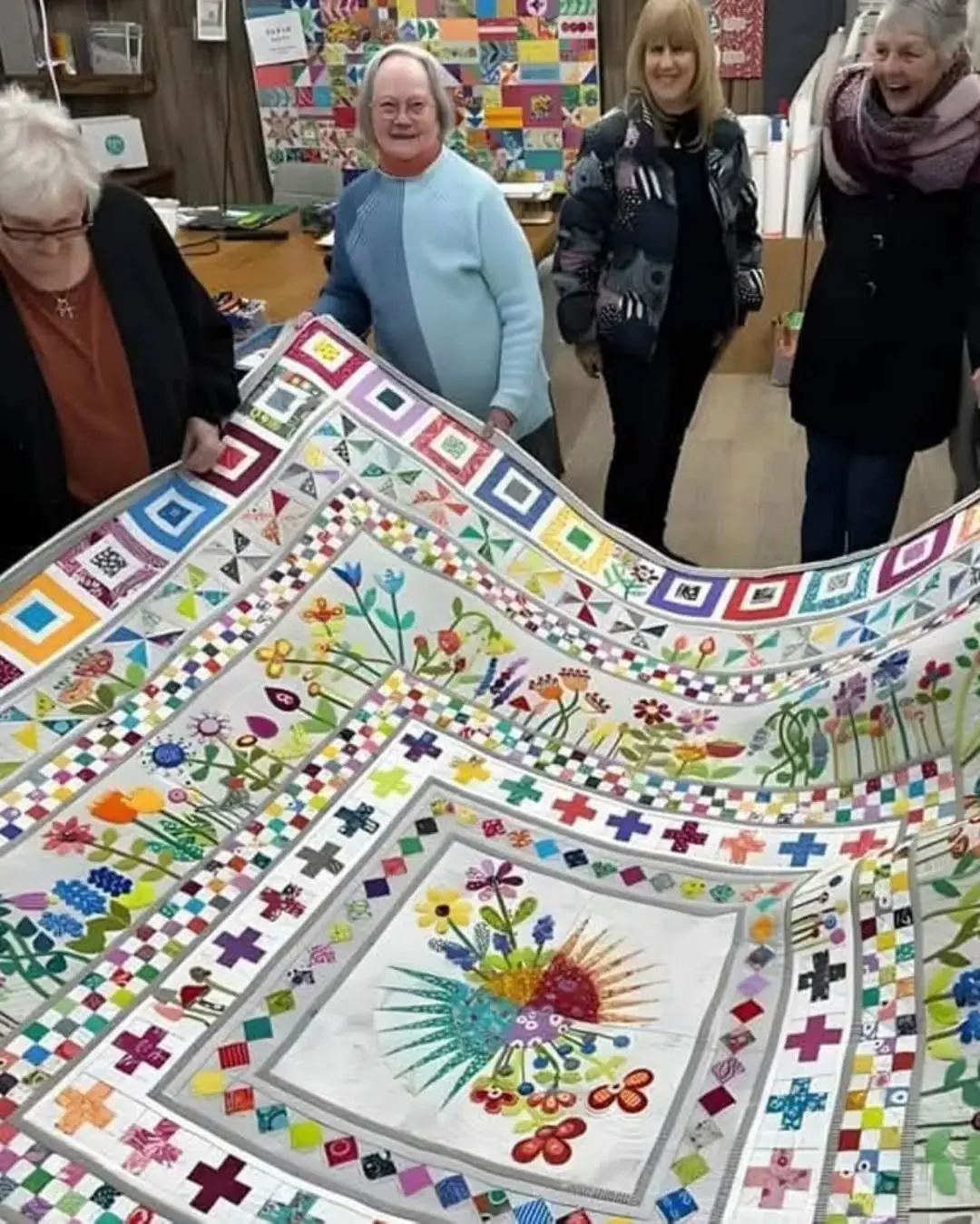
A Lifetime in Bloom: Lois Shows Us What Passion Truly Grows

Farewell to a Giant Soul: Vatsala the Elephant Passes at 100
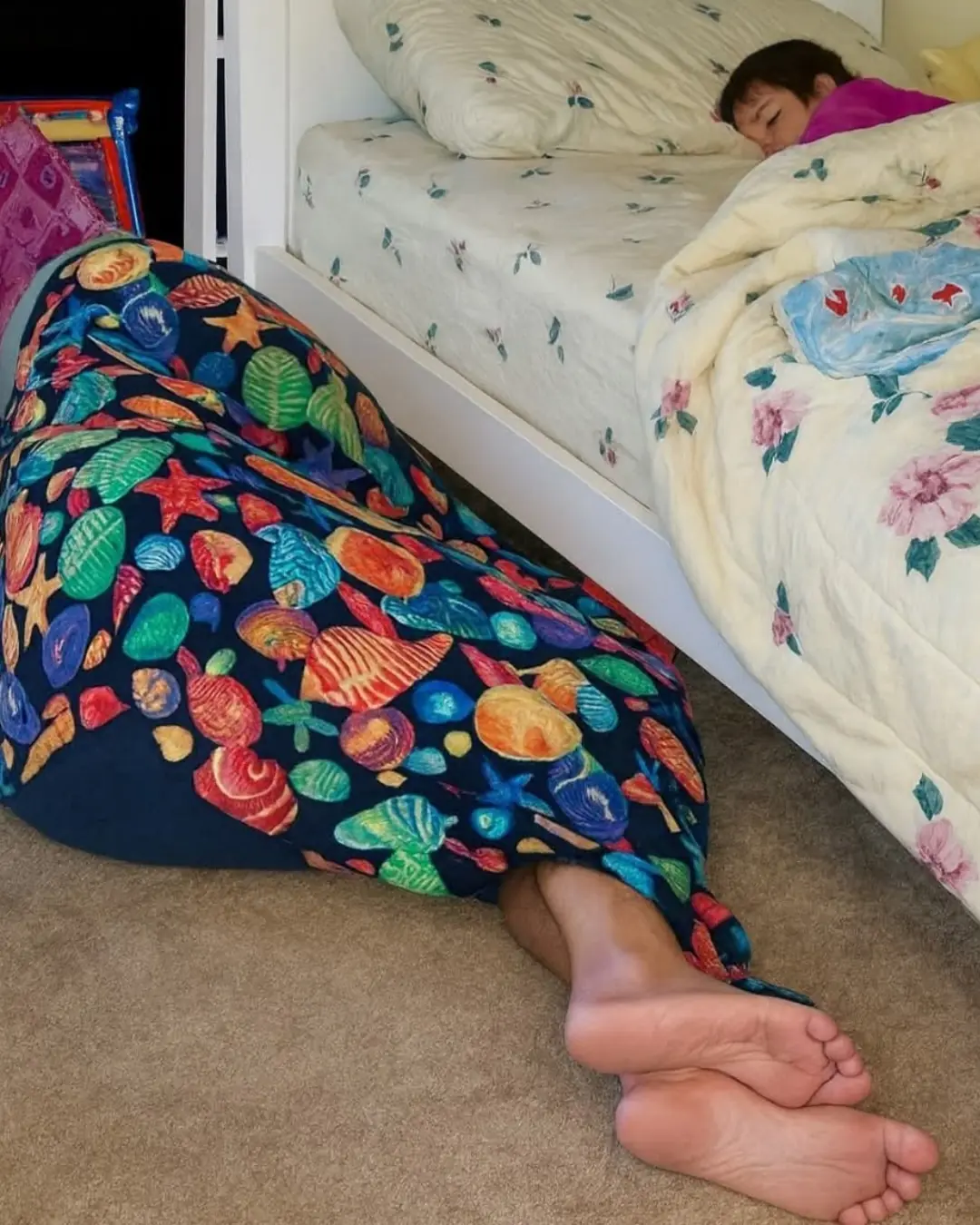
Keeping the Monsters Away: The Quiet Heroism of Foster Parents

From Sidewalk to Forever: A Daughter’s Choice That Changed Everything

A Thirst for Life: Cyclists Halt Ride to Save Parched Koala in Australia’s Heatwave

An Actor’s Greatest Role: Morgan Freeman Becomes a Guardian of Strays

When a Celebration Became a Goodbye: A Daughter’s Farewell to Her Faithful Companion

Bella the Hero: How a Pit Bull’s Loyalty Saved a Life

No Matter How Dirty You Are, Absolutely AVOID These 7 “Dangerous Hours” When Washing Your Hair to Prevent Stroke, Sudden Illness, or Hospitalization Without Warning

3 Common Mistakes When Using Plastic Wrap That Can Cause Cancer and Are Often Made by Many People

A Kiss from Joy: The Language of Love Between Elephants and Humans

A Brave Fight for Life: Kuba’s Battle Against Ewing’s Sarcoma
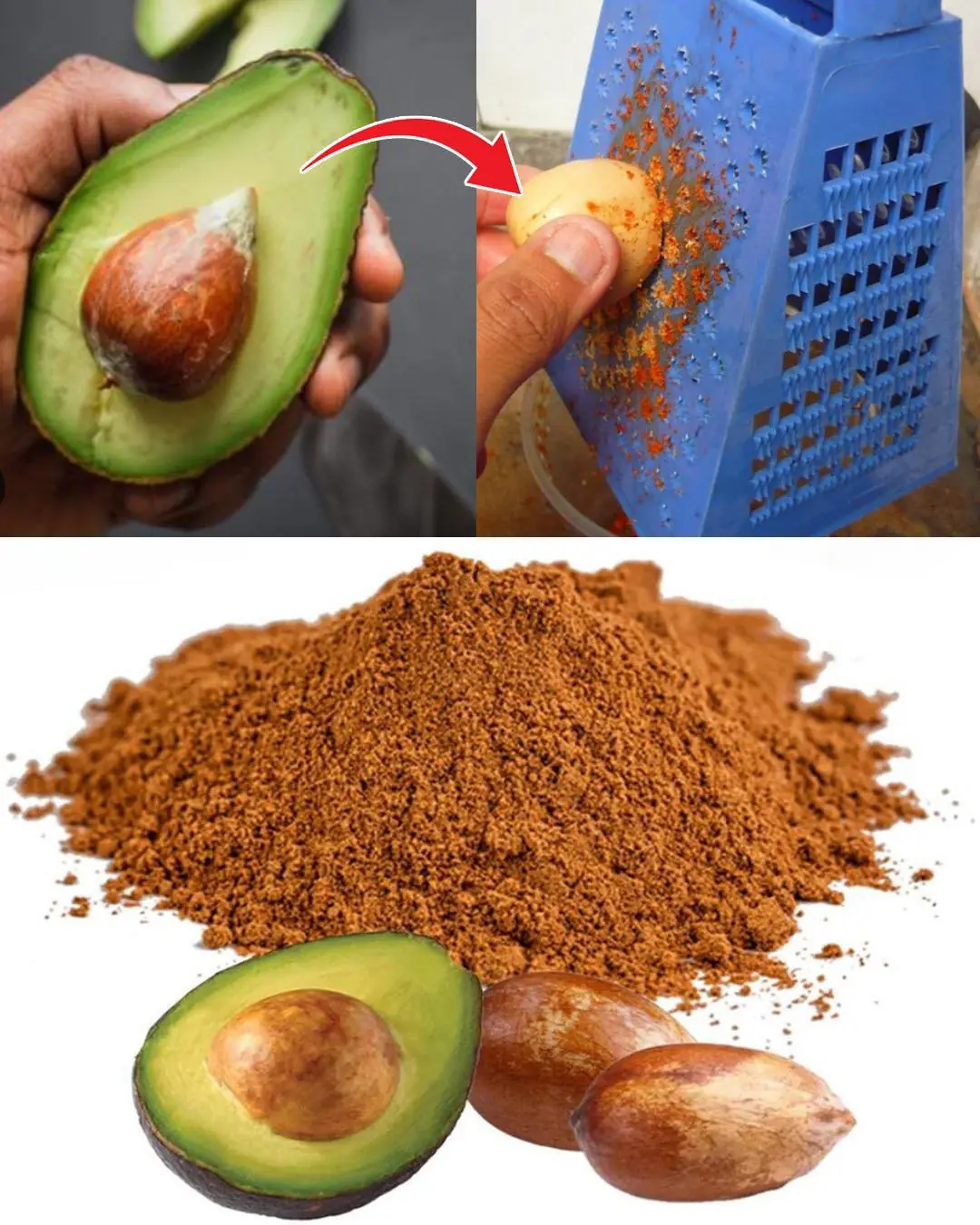
Avocado Seeds Benefits: 7 Reasons to use them
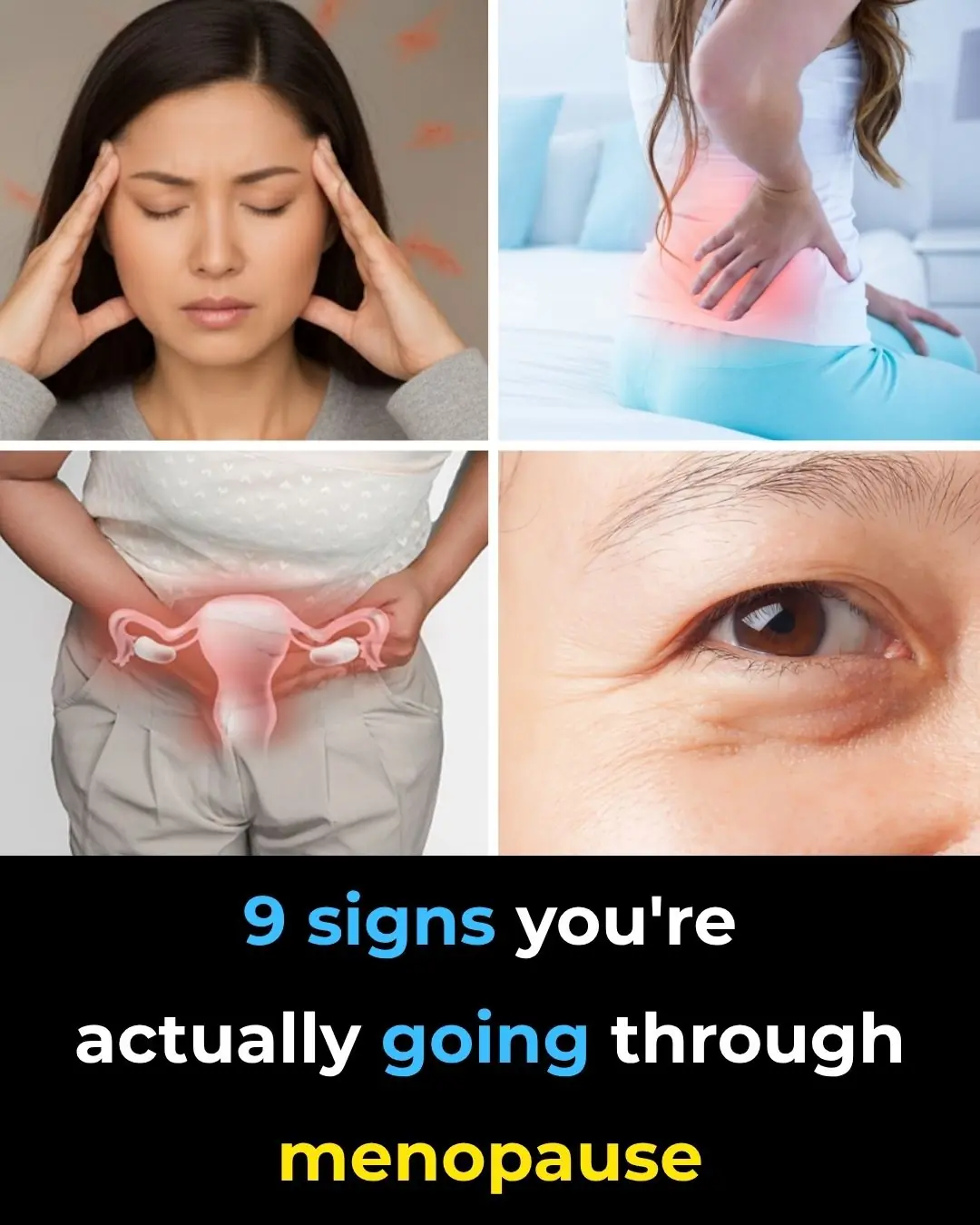
9 Signs You’re Actually Going Through Menopause (Even If You Didn’t Realize It)
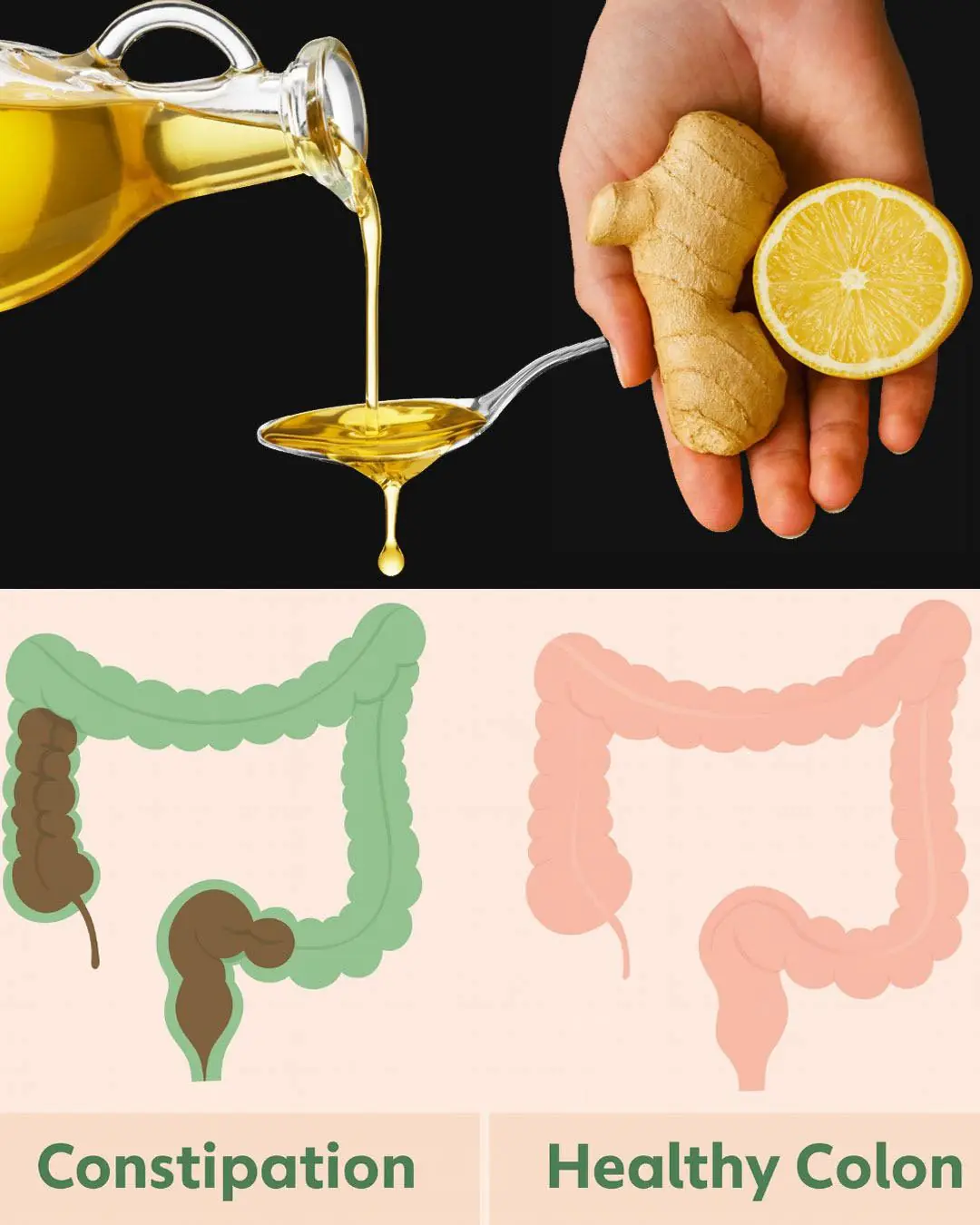
Morning Detox Elixir: Olive Oil, Lemon & Ginger – The Natural Cleanse You Need Daily

Nine Children in Dawsonville Get the Gift of a Bed, Comfort, and Peaceful Sleep
